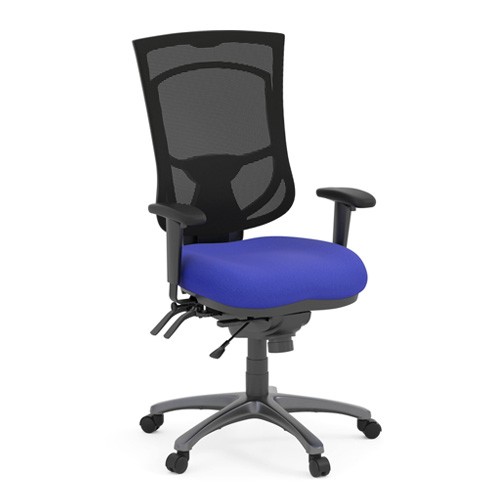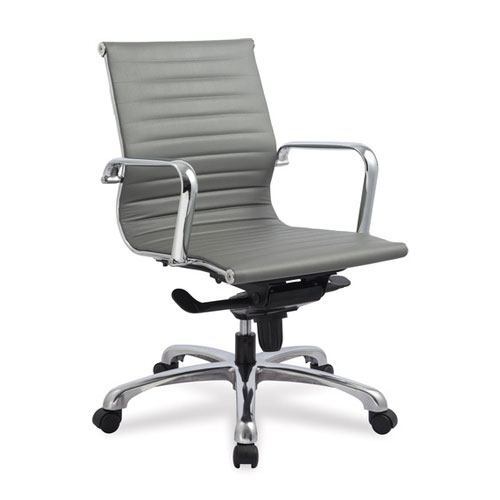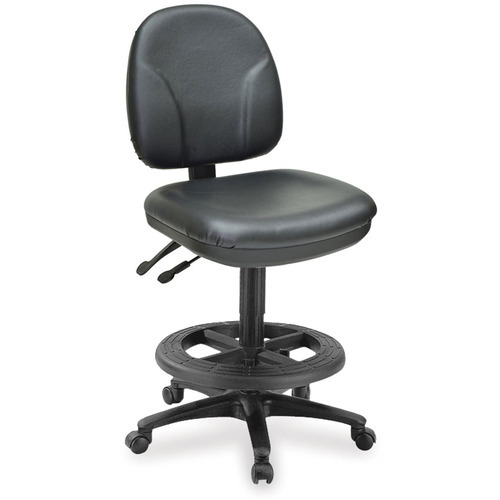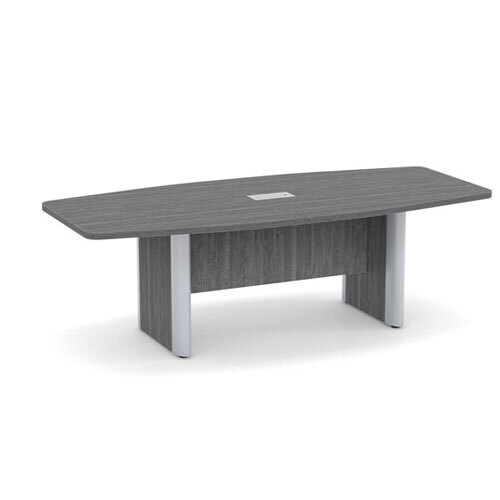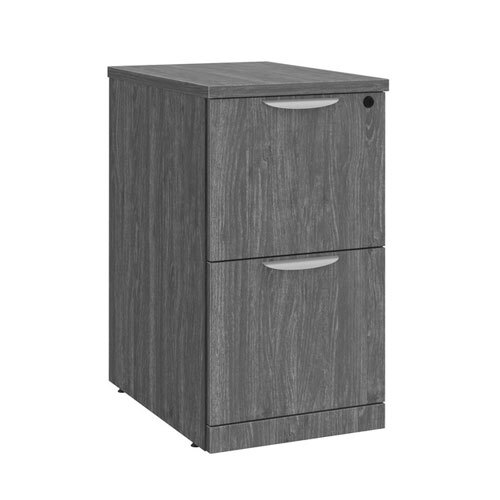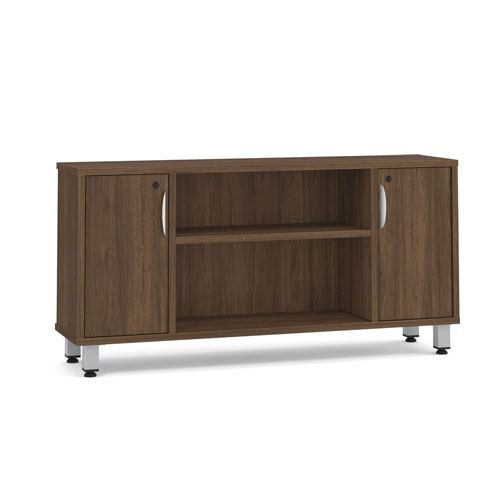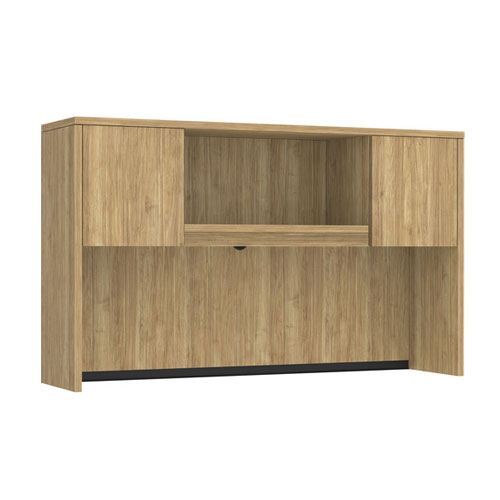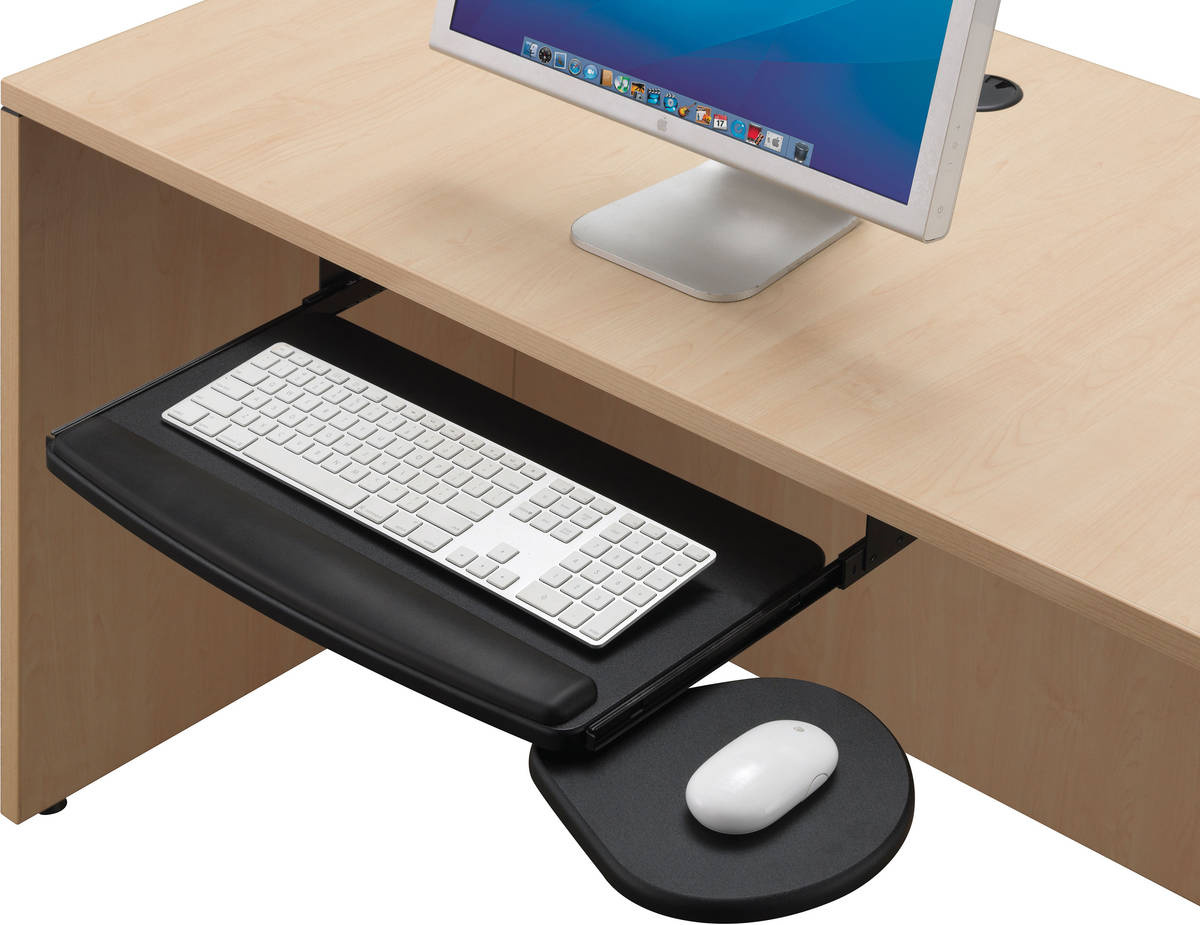Office Chairs and Seating
Shop All Office Chairs and Seating
Multi - Purpose Polypropylene Stacking Chair - Black
p/n: 2406BLACK
Multi - Purpose Polypropylene Stacking Chair - Blue
p/n: 2406BLUE
Heavy Duty Commercial Grade Folding Chair
p/n: FBM23GREY
Get a sturdy and supportive sit with this heavy-duty folding chair.
The right office chair can make all the difference in your workday. Comfort, support, and style all come into play when choosing the perfect seating for your workspace. Whether you're spending long hours at your desk or (hopefully) a short time at a meeting table, your office chair should provide the right balance of ergonomics and design to keep you feeling and doing your best.
Why Choose Source Office Furniture
We know your office chair is a personal choice, which is why we offer a variety of options to help you find the perfect fit for your needs. Whether you're looking for an ergonomic office chair or lounge and guest seating that's comfortable and welcoming, we've got you covered. And the best part? You can test them out in person by visiting one of our showrooms across Canada!











